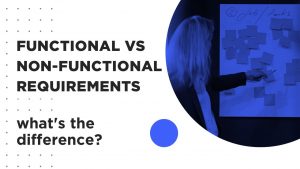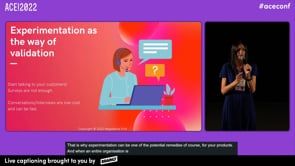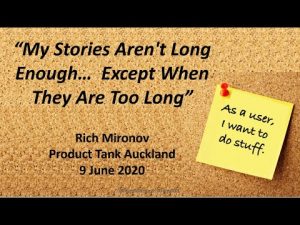
Practical Human-Centered Design
Human-centered design has 4 principles: understand the problem, the people, and the system, and do iterative design. But what if you don’t have time to do all 4 steps? To solve big-scale design problems, Don Norman recommends engaging with the community that has these problems and leveraging existing creativity and experience.
Read More
Acceptance Criteria and Definition of Done Are Different
This video about requirements management in Scrum discusses how acceptance criteria can be added to Product Backlog Items individually in additional to an overall Definition of Done and why it may be a good idea.
Read More
PragmaDev Process V1.2 Released
PragmaDev has released a new version of PragmaDev Process with a new built-in property associated to its powerful exploration engine that can automatically identify deadlocks in business processes. PragmaDev Process aims at verifying business process models described with BPMN (Business Process Model Notation).
Read More
Functional or Non-functional Requirements?
Can you agree that functional and non-functional requirements set the foundation for a successful software development project? If done wrong, product requirements distort the final result. Most importantly, this stage is difficult to redo later. Well, how to avoid miscommunication between the product owner and the dev team to set clear benchmarks for the product?
Read More
The Requirements You Received Are Not Requirements
Too often when IT consultants receive software requirements for new features they are not requirements at all. At least, they are not defined as requirements. In most cases when identifying the problem the customer is likely to find a “solution” which is often what they present as requirements.
Read More




